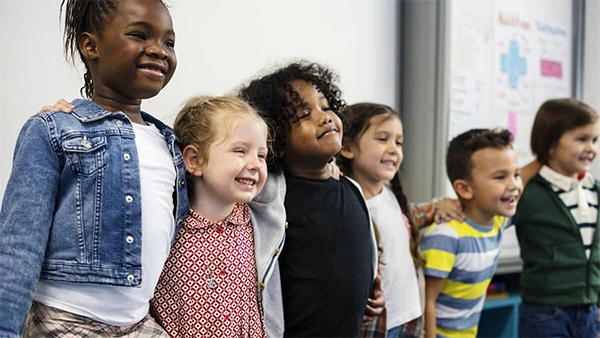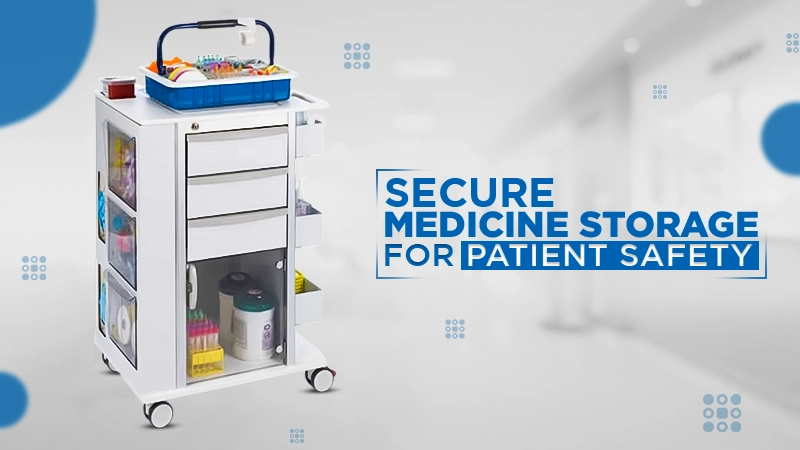Creating an Inclusive Classroom: Fostering a Supportive Environment for All Learners

A society can get better only when every person, regardless of their abilities, interests, and backgrounds, is treated equally. And, this goes to the education community as well. That’s why the concept of “inclusive classrooms” is paving the way for creating an environment that fits diverse learning needs.
Hence, in this article, we will delve into the practices and strategies that benefit traditional learners and learners with specific abilities and needs as well. From discussing different teaching techniques to implementing technology and offering additional support, the end goal is to promote an environment where every student can prosper.
While talking about approaches, we’ll also consider the significance of the role of supportive measures to assess without compromising the legitimacy of the educational process. So, continue reading!
Understanding the Essence of an Inclusive Classroom
An inclusive classroom is a place where kids with special abilities, diverse interests, and backgrounds come together and get an education. In such a classroom, a teacher usually applies different teaching methods that serve the particular strengths and challenges of each student.
An inclusive classroom is an initiative to assess practices that consider different learning styles, by recognizing that the traditional way of learning may not entirely cover the potential of every student, including exam takers.
By growing up and learning together under the same roof, kids experience these diversities as a common norm. Creating an atmosphere that embraces diversity and values personalized approaches to learning is the need of the hour.
Embracing Diverse Learning Styles
An educator, indulged in an inclusive classroom, knows the significance of learning. And, understands that it does not vary solely on academic abilities, but also on various methods of learning. These techniques generally involve visual aids, interactive activities, and collaborative assignments that will suit various learning styles within the classroom.
Technology as an Inclusive Tool
Technology integration can help these classrooms in several ways. It can be used to assess information, as an alternative to interactive learning resources, or customized assessments. Adopting automation and implementing it will only make the learning and teaching experience better. And, for educators, it’ll get easy to ensure the learning experience is adaptable and accessible to a broad range of students.
Addressing the Unique Needs in an Inclusive Classroom

This is a graphical representation of the percentage of students with disabilities that benefit from inclusive Education.
Understanding the unique requirements of an inclusive education system is equally important for individuals taking exams as well. Unlike traditional classrooms, inclusive learners need unique assessment methods to identify their strengths and challenges.
Teachers should ditch the established approaches and adopt new strategies to provide additional support and foster inclusivity. These strategies may involve providing extra time, creating a quiet surrounding, or integrating helpful technologies to ensure a fair and supportive examination process.
Equitable Assessment Practices
Offer an equal opportunity to every student to prove themselves, by applying equitable assessment practices. While the same approach may not fit every kid, it is important to adopt assessment practices that consider different learning styles.
Providing Additional Support
Some students may also need extra assistance to appear in exams. Invigilators should be prepared to offer these adjustments. These accommodations may involve providing extra time, a quiet place, assistive automation, etc. By personalising the requirements of students, teachers contribute to a more inclusive assessment.
Strategies for Cultivating Inclusivity in the Classroom

While we promote an equitable learning experience, it requires us to understand the particular demands that develop. Teachers of an inclusive classroom realise that the conventional methods of learning and assessing may not work for each student under the same roof.
To promote the dissimilarities, they have to employ specific tactics like extra assistance or modifications in the way of teaching as needed.
Promoting Collaborative Learning
As we mentioned earlier, children who grow up in an inclusive classroom, experience diversity as a common norm. Fostering a sense of community among these fundamentals. This can happen with collaborative learning sessions, such as group activities and projects, that will enhance social interactions and allow kids to benefit from various perspectives and skills.
Continuous Professional Development
To provide better education to the children, educators need to develop their professional skills timely. Training programs and camps focused on inclusive teaching aspects, will empower teachers to create a more convenient learning environment.
Do You Know?
In the United States, the percentage of students opting for inclusive settings increased from 57% in 2021 to 63% in 2023.
Final Thoughts: Building a Foundation for Lifelong Learning
To conclude, inclusive classrooms are a long-term commitment to building a foundation for lifelong learning. Through the implementation of unique teaching techniques such as leveraging automation, and adopting fair assessment practices. This will provide every learner appearing in exams, an equal opportunity to thrive.








